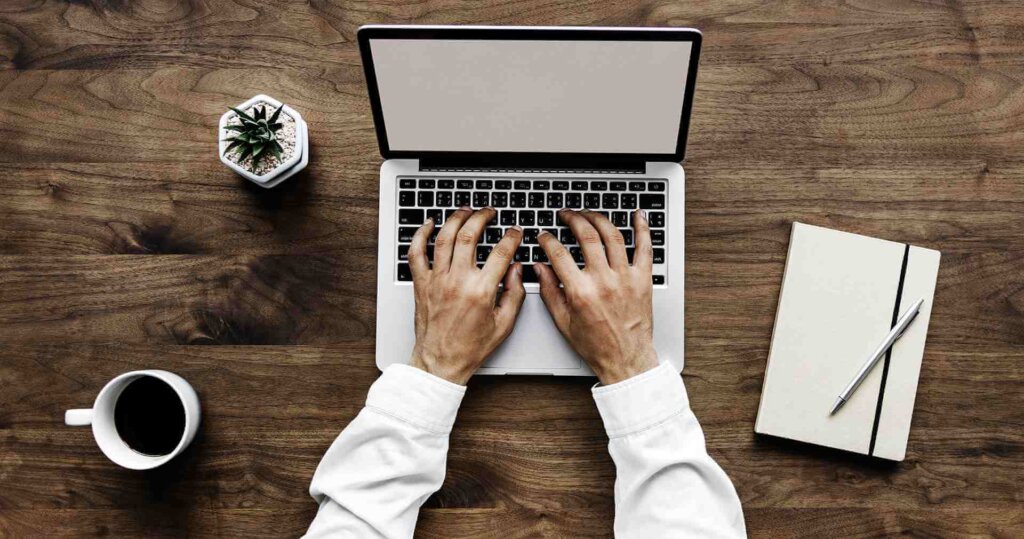As we know, symptoms of mental health conditions aren’t always visible. Oftentimes, we can see physical health symptoms. Toni broke her leg; there’s the cast. Erica has food poisoning; let’s not go into it.
Not everyone is eager to share their mental health struggles with others, especially in the workplace. You want to be a star performer, and maybe star performers don’t suffer from panic attacks and anxiety. You want to be high-energy and hyper-productive, but depression can make that extremely difficult.
So how can we support our employees if we don’t know there’s a problem?
Check-in regularly and make it a part of your culture.
Checking in on employees has always been an important part of company culture. Now that many of us are in remote working situations, it’s more important than ever. When everyone is in the office, conversations and friendships form organically. Ideas flow freely from unplanned discussions. Employees can feel involved. COVID and remote work has shifted social interaction so much that it’s easy to feel isolated.
Strive to have deeper conversations than “How are you?” The standard, safe answer is “Good,” but that doesn’t have a lot of value. It’s a cursory greeting and response and not much more. Try to engage with employees in meaningful ways by asking specific questions about their feelings, their workload, how they’re getting along with the team, etc. You may not realize it, but checking in to ask about their family, friends, pets, hobbies, etc. builds trust, so if they do need to come to you with personal concerns, they’ll feel safer doing so.
According to the Harvard Business Review, “nearly 40% of global employees said that no one at their company had asked them if they were doing OK — and those respondents were 38% more likely than others to say that their mental health had declined since the outbreak.”
It’s OK to be vulnerable. Ask your employees and peers how they are doing, and share how you are doing. You don’t need to pry or divulge too much, but these are uniquely challenging times — just check-in.
Acknowledge that everyone’s experience is different.
While we’re all going through this pandemic together to some extent, it’s important to note that we all have different circumstances and backgrounds. As the HBR notes: “Those mental health experiences will differ according to race, economic opportunity, citizenship status, job type, parenting and caregiving responsibilities, and many other variables.”
Be careful with your words. A simple and seemingly innocuous comment may be seen as insensitive or hurtful. Making analogies can be an effective way to convey your point, but your life may not be analogous to that of your employees. For example, don’t compare economic hardships. While you may cut that employee’s check, you don’t know their financial situation.
Be flexible.
A crying baby in the background or children interrupting a live news interview isn’t unprofessional — it’s how life is right now. Yes, your child is in your lap on a video call; totally fine. Yes, your dog is barking and we can’t hear you; we’ll wait for the mailman to go away. Additionally, try to reduce stress by setting clear expectations of workloads and specifying which projects or tasks are high priority and which can be pushed back.
These few tips can go a long way in supporting your employees. Knowing the pulse of your company is paramount to being successful, and this 100% includes employee health. Our workloads can easily distract us from this, but with a little (consistent) effort, everyone can feel and perform better.

